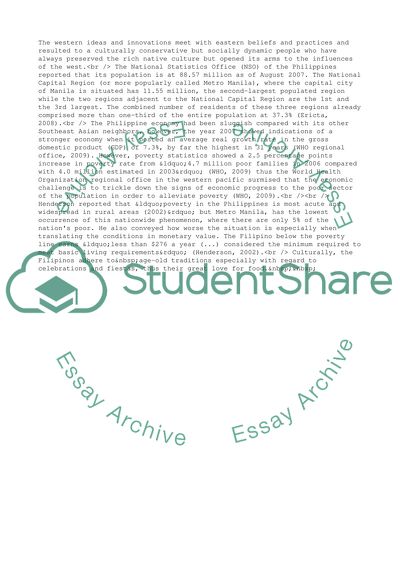Cite this document
(Setting Up McDonald's Enterprise in the Philippines Case Study, n.d.)
Setting Up McDonald's Enterprise in the Philippines Case Study. Retrieved from https://studentshare.org/management/1553911-third-world-country
Setting Up McDonald's Enterprise in the Philippines Case Study. Retrieved from https://studentshare.org/management/1553911-third-world-country
(Setting Up McDonald'S Enterprise in the Philippines Case Study)
Setting Up McDonald'S Enterprise in the Philippines Case Study. https://studentshare.org/management/1553911-third-world-country.
Setting Up McDonald'S Enterprise in the Philippines Case Study. https://studentshare.org/management/1553911-third-world-country.
“Setting Up McDonald'S Enterprise in the Philippines Case Study”, n.d. https://studentshare.org/management/1553911-third-world-country.


